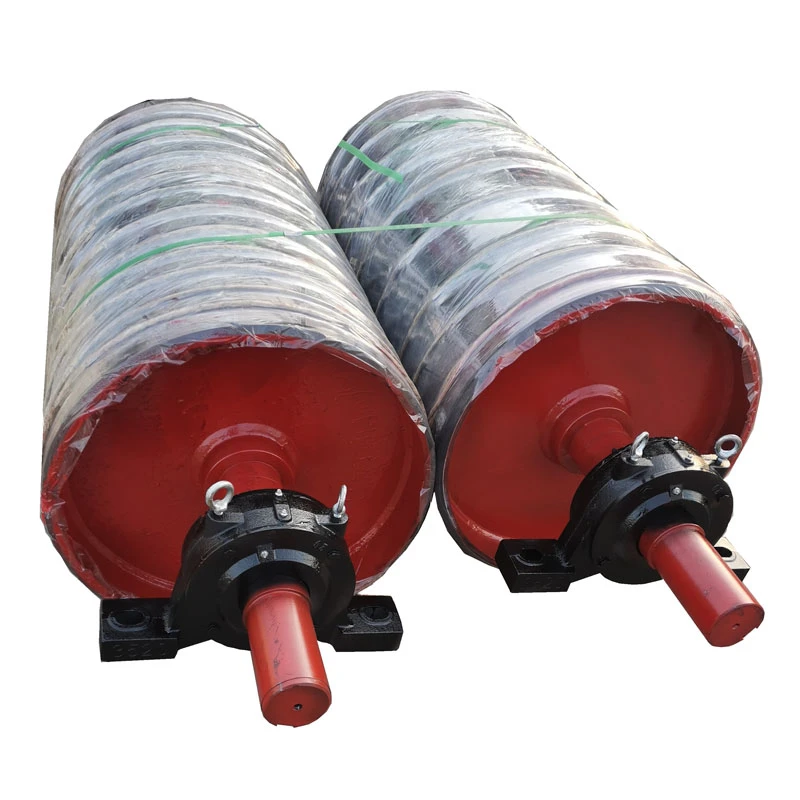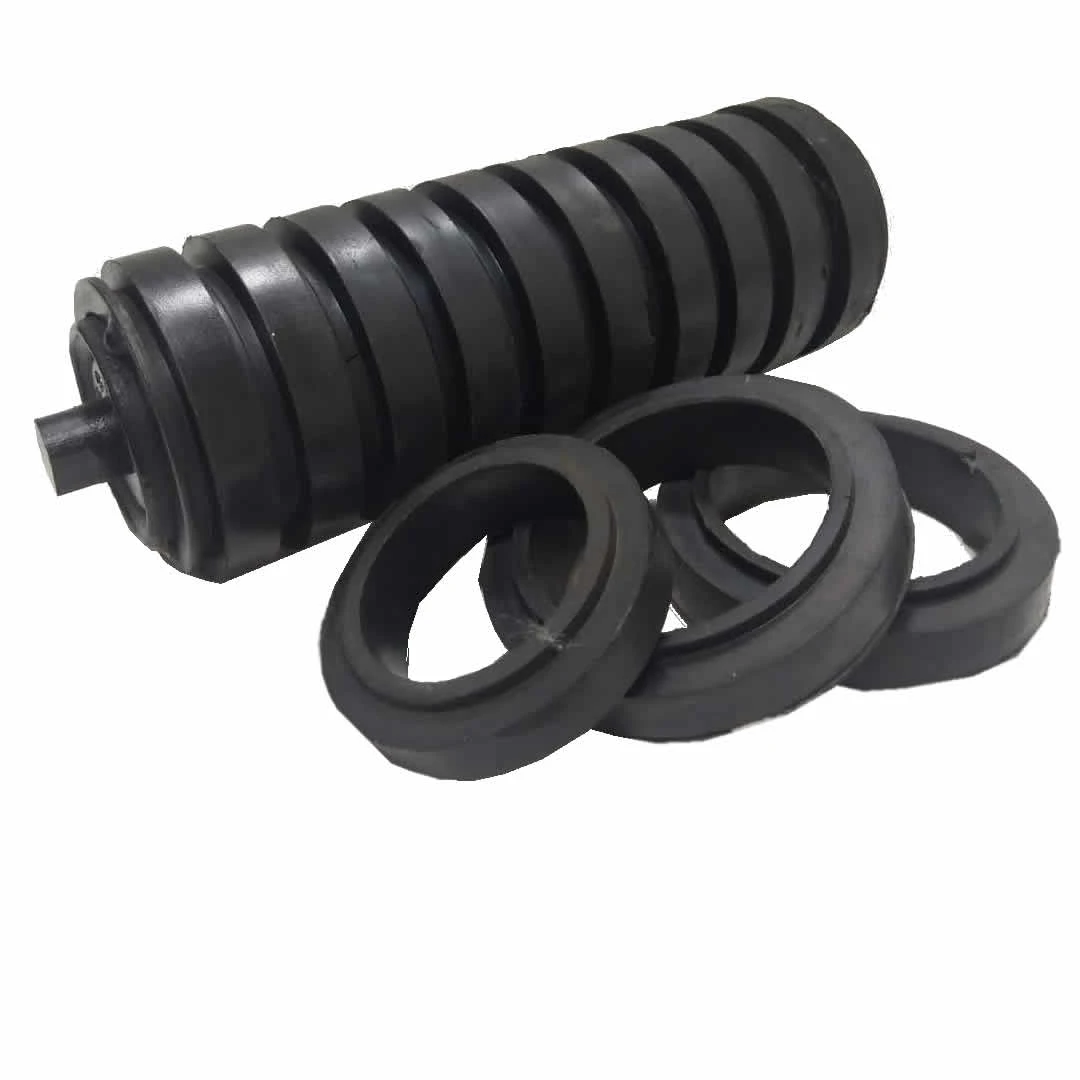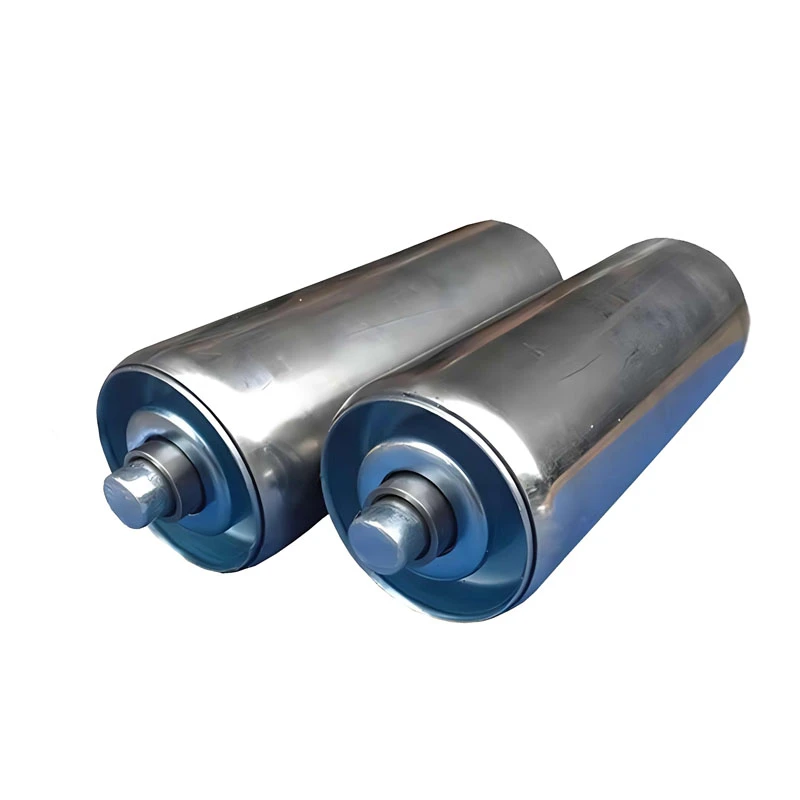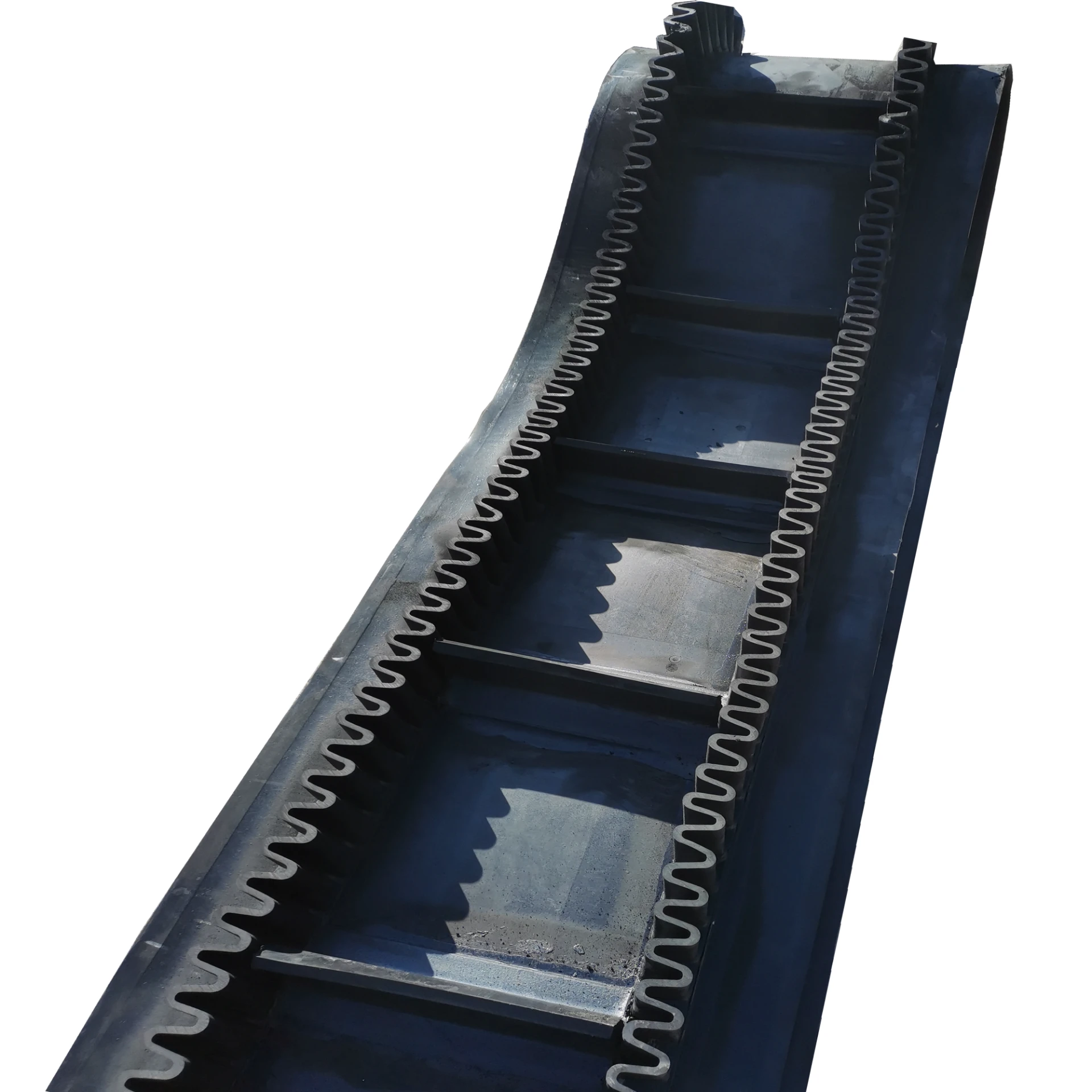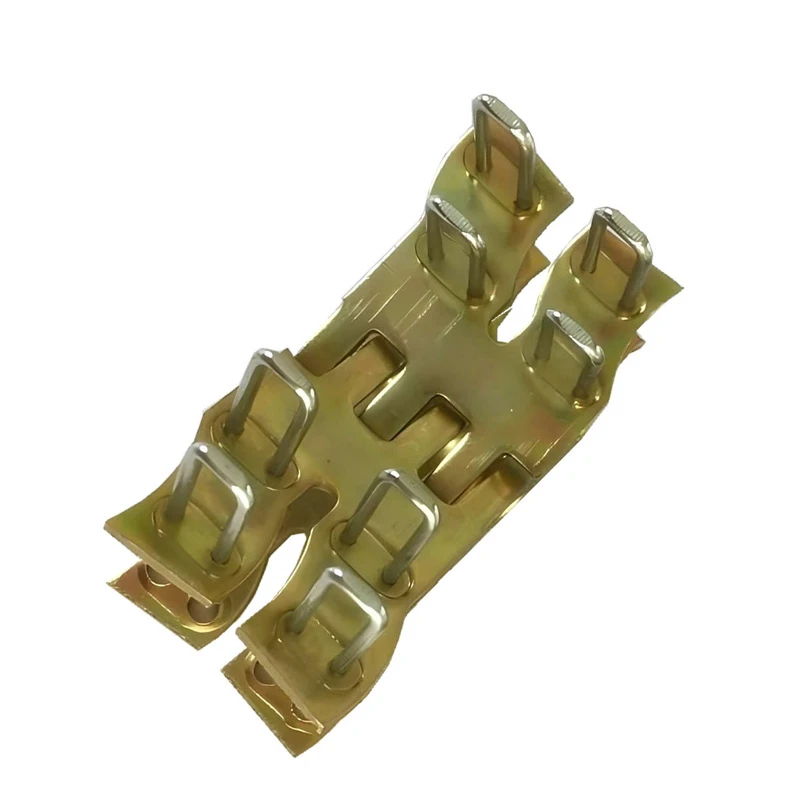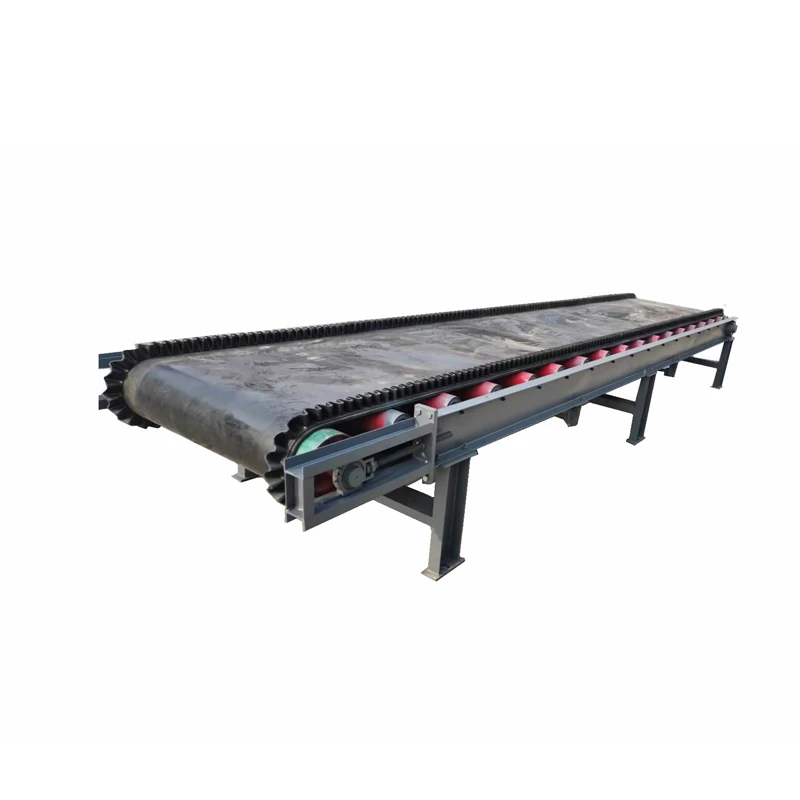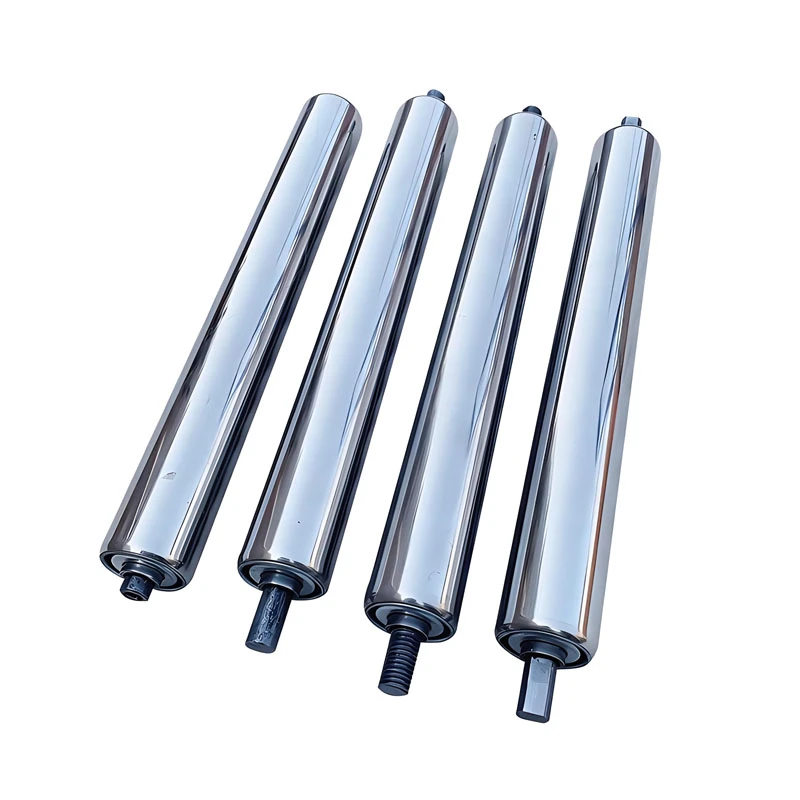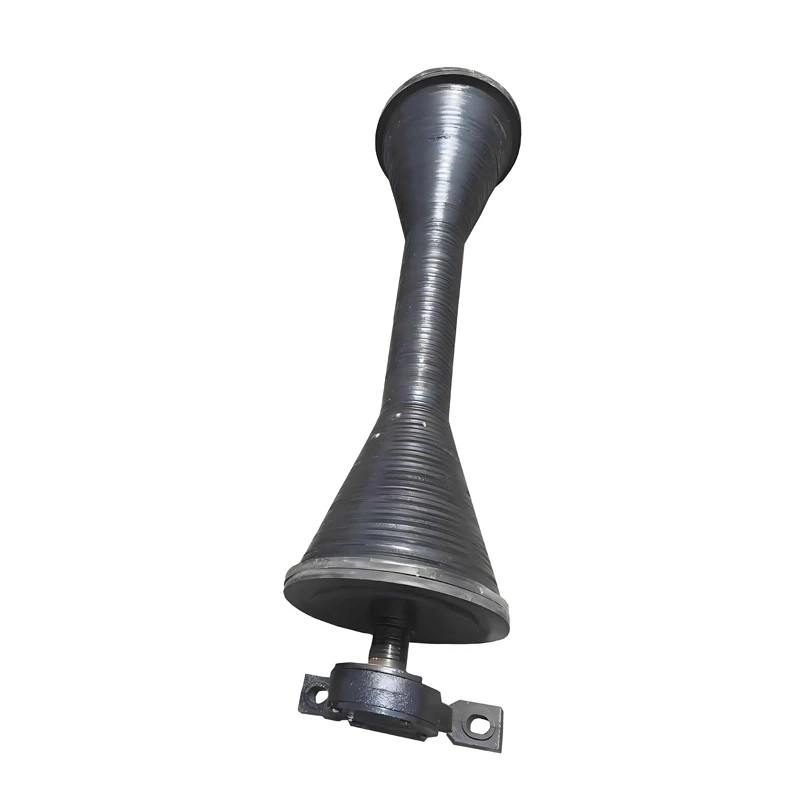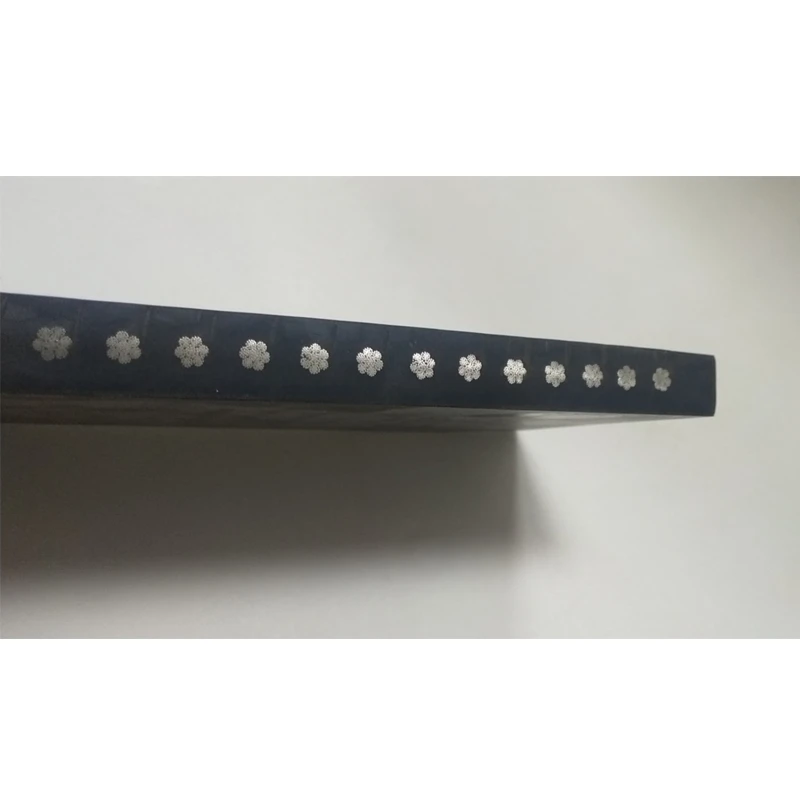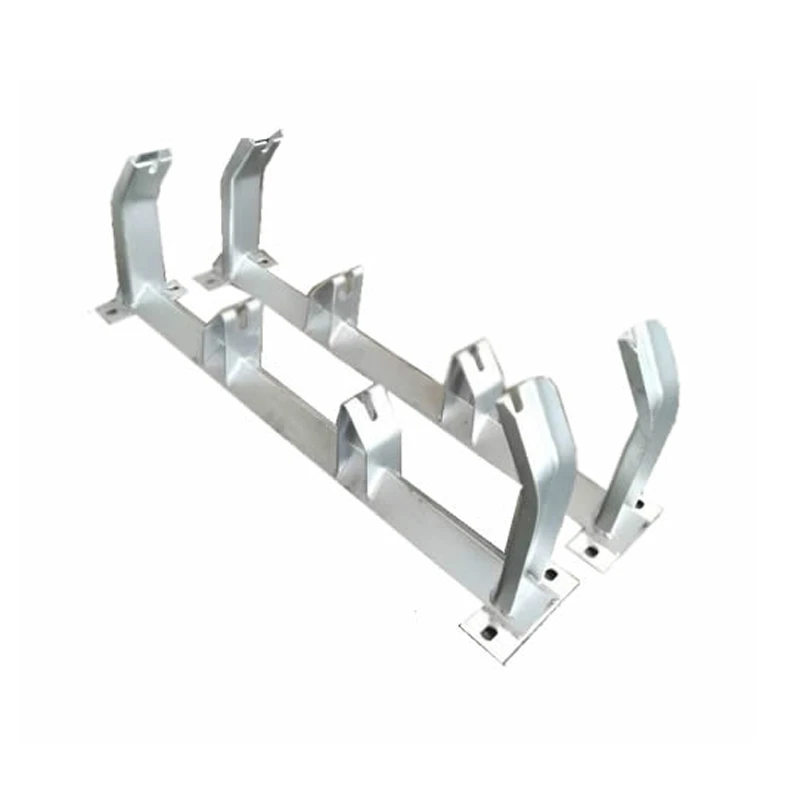Introduction to the Electromagnetic Iron Remover
The Electromagnetic Iron Remover is a critical component in modern industrial systems, designed to remove ferromagnetic impurities from materials during transportation. This device plays a vital role in maintaining the efficiency and safety of mechanical equipment such as crushers and grinders within conveying systems. By eliminating harmful metallic contaminants, it ensures the smooth operation of machinery and prevents costly damage.
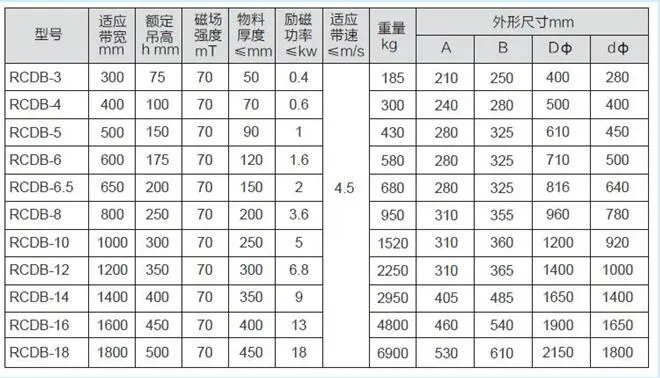
According to the National Institute of Standards and Technology (NIST), precise measurement and control of magnetic fields are essential for industrial applications. The electromagnetic iron remover exemplifies this principle by leveraging advanced magnetic field management to achieve optimal performance in diverse environments.
Key Functions and Capabilities
The electromagnetic iron remover is engineered to address specific challenges in material processing. Its primary function is to remove ferromagnetic impurities from raw materials, ensuring that mechanical systems operate without interruption. This is particularly crucial in industries where even small metallic contaminants can cause significant damage.
One of the device's notable features is its ability to prevent accidents caused by large or long iron parts that might scratch conveyor belts. By effectively capturing these materials, the iron remover not only protects equipment but also enhances the quality of the processed materials. The system's design allows for continuous suction and disposal of iron, making it ideal for high-volume operations.
The versatility of the electromagnetic iron remover is further demonstrated through its various unloading methods. Users can choose between manual, automatic, and program-controlled unloading, depending on their specific operational needs. This adaptability makes it suitable for a wide range of industrial applications, from small-scale operations to large manufacturing facilities.
Technical Specifications and Performance
The performance of the electromagnetic iron remover is influenced by several critical factors, including the strength of its magnetic field and the correct installation method. According to industry standards, the magnetic field strength directly impacts the effectiveness of the iron removal process. A stronger magnetic field can capture smaller and more deeply embedded ferromagnetic particles, ensuring a higher level of purity in the final product.
Installation considerations are equally important. The height at which the iron remover is suspended affects its efficiency. The lower the suspension, the better the iron removal effect, as this allows the magnetic field to reach closer to the material being processed. Additionally, the thickness of the material plays a role in the removal rate, with thinner layers generally resulting in higher efficiency.
For optimal performance, the device should be installed at the correct angle. If the installation is tilted, it is essential to find the right angle to ensure the magnetic field can effectively capture impurities without interfering with the normal operation of the conveyor belt. This attention to detail is crucial for maintaining the device's effectiveness over time.
| Technical Specification | Details |
|---|---|
| Magnetic Field Strength | Varies by model, typically ranging from 1000 to 5000 Gauss |
| Unloading Methods | Manual, Automatic, Program-controlled |
| Installation Height | Optimal range: 5-15 cm above the conveyor belt |
| Material Thickness | Recommended thickness: 1-5 cm for maximum efficiency |
| Operating Temperature | -20°C to 60°C |
Applications Across Industries
The electromagnetic iron remover is a versatile solution that caters to a wide range of industries. Its applications extend beyond traditional manufacturing sectors to include emerging fields such as waste treatment. In the metallurgy and mining industries, the device is used to remove iron contaminants from raw materials, ensuring the quality of the final product. Similarly, in coal preparation plants and power stations, it plays a crucial role in maintaining the efficiency of conveyor systems.
In the ceramics, glass, and cement industries, the iron remover helps prevent impurities from affecting the quality of the end products. Its use in the chemical and food processing sectors is equally significant, as it ensures the safety and purity of materials. For instance, in the food and feed processing industry, the device helps eliminate metallic contaminants that could pose health risks to consumers.
The waste treatment industry has also embraced the electromagnetic iron remover for its ability to recover steel from waste materials. This application not only contributes to resource recovery but also supports sustainable practices. As noted by NIST, the integration of such technologies into waste management systems is a key step toward achieving environmental sustainability.
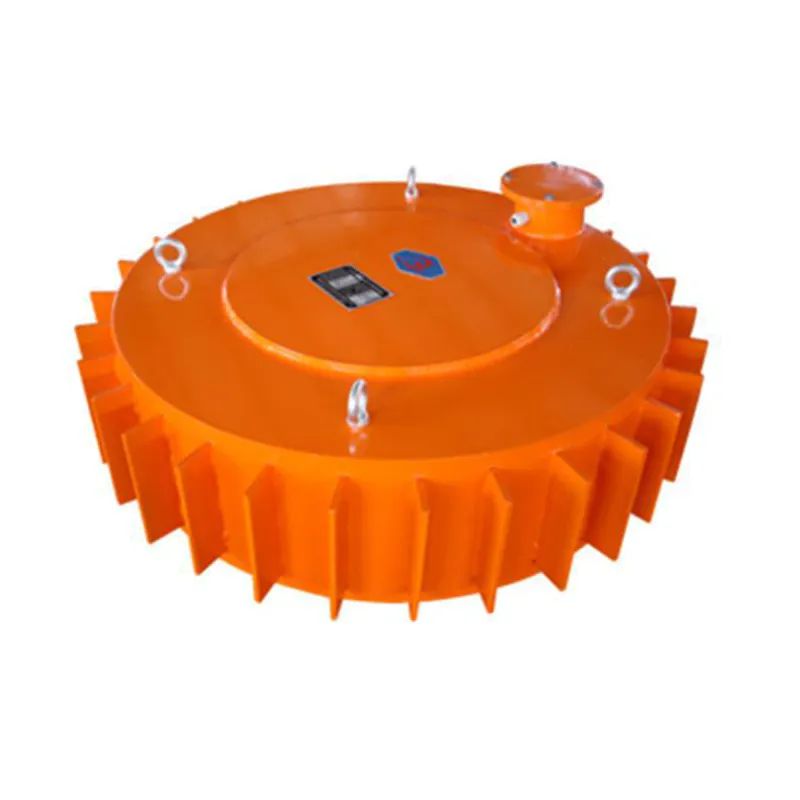
Company Background and Expertise
The Hebei Roule Transport Machinery Manufacturing Co., Ltd. is a leading manufacturer of industrial equipment, specializing in the production of magnetic separation devices. With years of experience in the field, the company has established itself as a reliable provider of high-quality solutions for material processing. Their commitment to innovation and customer satisfaction has made them a trusted name in the industry.
Hebei Roule's expertise in designing and manufacturing electromagnetic iron removers is reflected in their product offerings. The company's focus on research and development ensures that their products meet the evolving needs of various industries. By leveraging advanced technologies and adhering to strict quality standards, Hebei Roule continues to set benchmarks in the field of magnetic separation.

Advantages of the Electromagnetic Iron Remover
The electromagnetic iron remover offers numerous advantages that make it an essential component in industrial operations. One of its primary benefits is the ability to enhance the safety and longevity of mechanical equipment. By removing ferromagnetic impurities, it prevents damage to critical components, reducing the likelihood of costly repairs and downtime.
Additionally, the device contributes to the overall efficiency of the production process. The continuous suction and disposal of iron ensure that operations run smoothly without interruptions. This is particularly beneficial in high-volume environments where even minor disruptions can have significant impacts on productivity.
The versatility of the electromagnetic iron remover is another key advantage. Its ability to adapt to different unloading methods and installation requirements makes it suitable for a wide range of applications. This flexibility allows users to tailor the device to their specific needs, maximizing its effectiveness in various settings.
Furthermore, the device's design ensures ease of maintenance and operation. The quick-release cleaning mechanism minimizes operational interruptions while maintaining maximum equipment protection. This feature is especially valuable in industries where downtime can lead to significant financial losses.
Conclusion: The Future of Magnetic Separation Technology
The electromagnetic iron remover represents a significant advancement in magnetic separation technology. Its ability to efficiently remove ferromagnetic impurities from materials has made it an indispensable tool in various industries. As the demand for high-quality, safe, and efficient industrial processes continues to grow, the importance of such devices will only increase.
With the continued support of organizations like NIST, which emphasizes the importance of precise measurement and technological innovation, the future of magnetic separation technology looks promising. As companies like Hebei Roule Transport Machinery Manufacturing Co., Ltd. continue to innovate and improve their products, the electromagnetic iron remover will remain at the forefront of industrial solutions.

